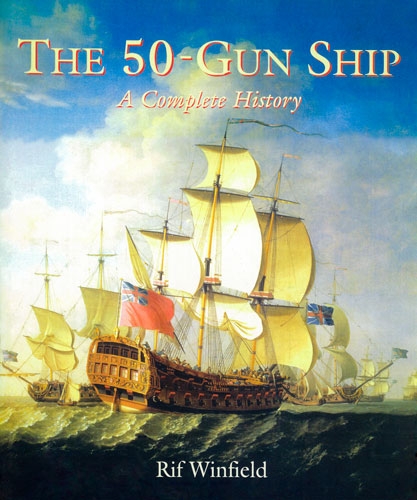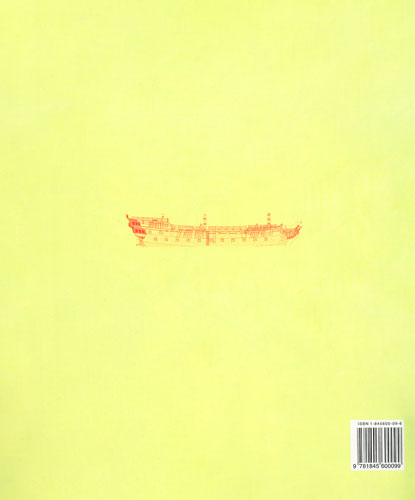The 50-Gun Ship. A Complete History/50-пушечный корабль. Полная история
Книга на английском языке.
This fully-rigged, and superbly detailed, model of a ship from the early 1740s illustrates the basic ambiguity of the 50-gun Fourth Rate. With two tiers of ordnance and a full range of upper stern lights, the design exhibits the layout and main features of a ship of the line; yet the fittings expose her relatively small size - no greater in length and tonnage than the frigates of forty years later. Small size meant small building and running costs, which were particular attractions to economy-minded Admiralties trying to maximise the number of units in the fleet, while in terms of role they could equally function as heavy cruiser or emergency addition to the battlefleet. Like many a ‘jack of all trades’ they were possibly 'master of none’, but their flexibility ensured that substantial numbers were constructed down to the 1770s, and examples were being added to the Navy List almost to the end of the Napoleonic War. (Science Museum photo B001653)
Contents
Acknowledgements and Glossary
Part I: Development
1. The Earliest Frigates
2. The Commonwealth Period
3. The Fourth Rate in the Restoration Navy
4. The 12pdr Fifties
5. The 18pdr Fifties
6. The 24pdr Fifties
7. The Last of the Two-Decker 50s
Part II: The Ships
8. General Arrangement and Layout
9. Manpower and Accommodation
10. Masting and Rigging
Cutaway drawings of hms Leopard 1790: Orlop deck and Lower deck
11. Fittings
12. Armament
Cutaway drawings of hms Leopard 1790: Upper deck, Forecastle and Quarterdeck and Poop deck
13. Stores
14. Costs and Funding
15. Aspects of Service
Appendices
Bibliography
Notes
Index




